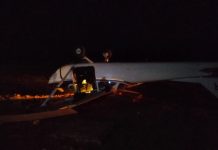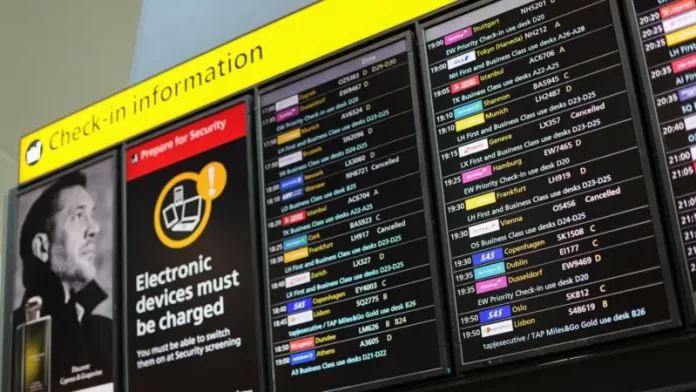A technical fault in the UK’s air traffic control system caused major disruption on Wednesday, grounding more than 100 flights and stranding thousands of passengers across the country and Europe.
The issue, traced to a radar-related malfunction at the National Air Traffic Services (NATS) control centre in southern England, led to the temporary suspension of flight operations at major airports including Heathrow, Gatwick, Birmingham, Manchester, Cardiff, and Edinburgh. Although the system was switched to a backup within 20 minutes, widespread delays and cancellations continued into the evening.
Aviation analytics firm Cirium reported that 122 flights were cancelled, 67 departures and 55 arrivals. Airlines scrambled to manage the fallout, with some flights diverted to other cities and others returning to their origin points.
Passengers described scenes of confusion and frustration. One traveler, John Carr, en route to Norway for his brother’s wedding, said he received no warning before his flight was cancelled. Others, like David and his family diverted from Crete to Paris, remained in good spirits despite the ordeal.
NATS has ruled out any cyberattack, confirming that the glitch was internal and safety-related. A spokesperson said the system was now fully operational and efforts were ongoing to clear the backlog of affected flights.
However, industry stakeholders warn that the ripple effects could last for days. UK Transport Secretary Heidi Alexander acknowledged the disruption and summoned NATS CEO Martin Rolfe for an urgent briefing. Calls for his resignation have since grown louder, particularly from Ryanair, which blamed “continued mismanagement” and demanded immediate leadership changes.
EasyJet also expressed disappointment over yet another air traffic control failure, while government officials vowed to investigate the cause and ensure measures are implemented to prevent a recurrence.
As passengers continue to face delays and rerouted journeys, authorities have advised travelers to stay in close contact with their airlines and monitor airport updates.













